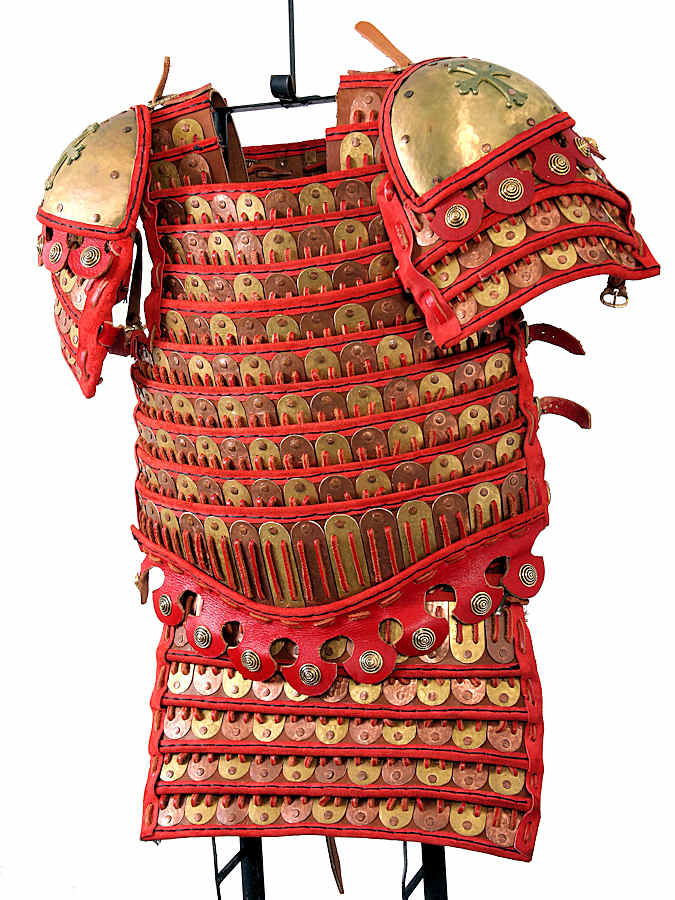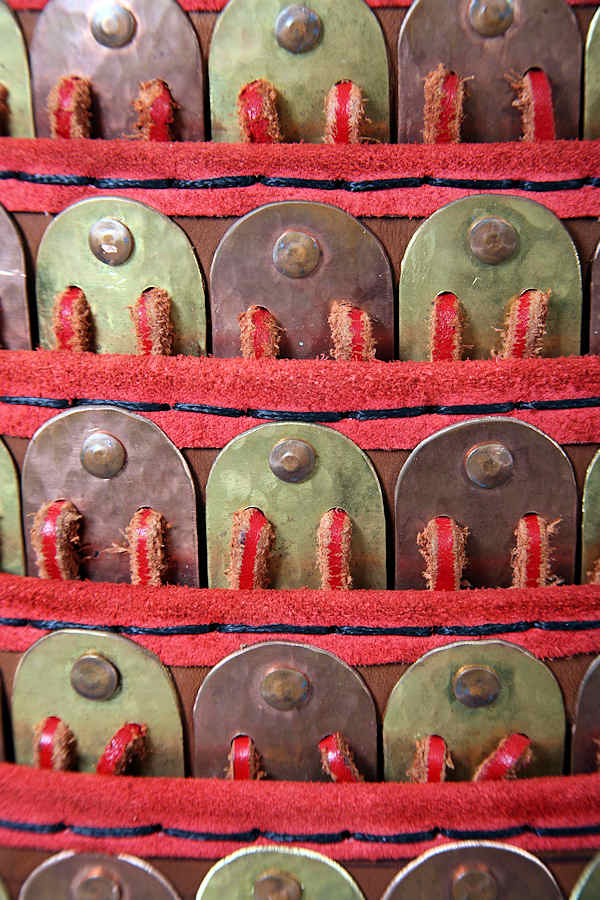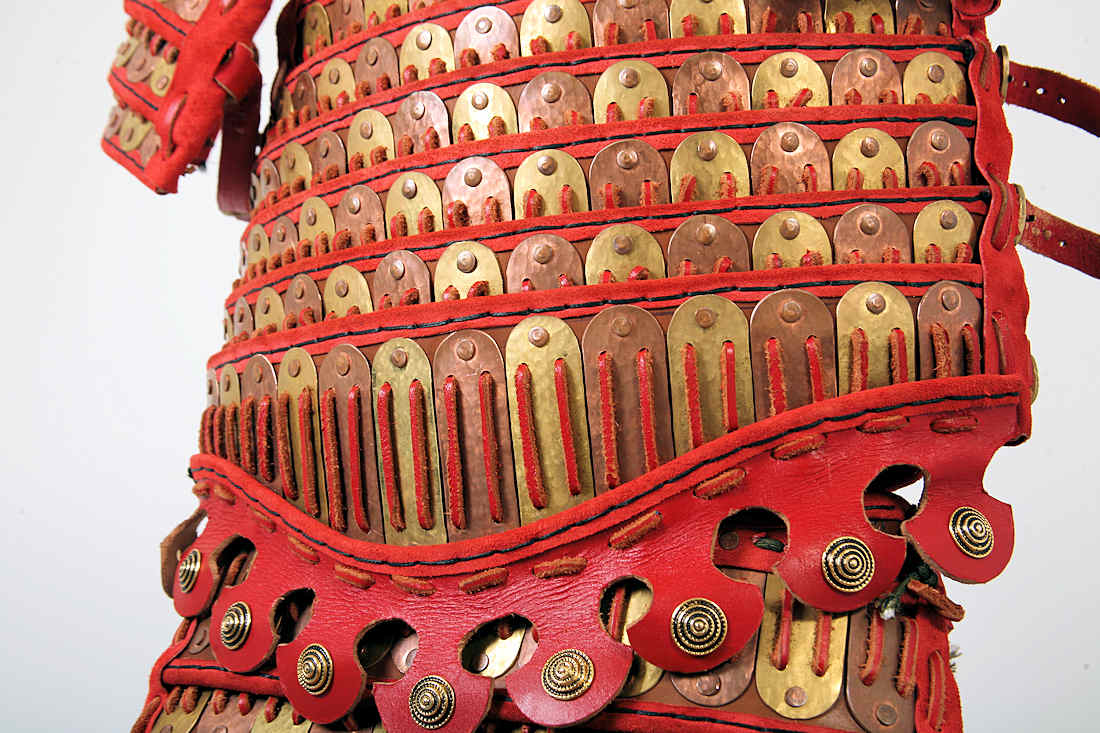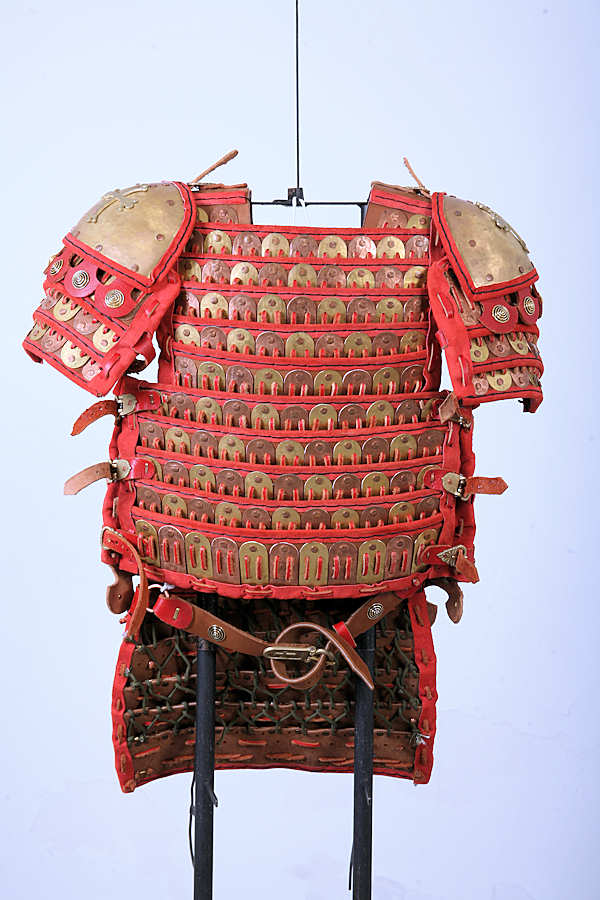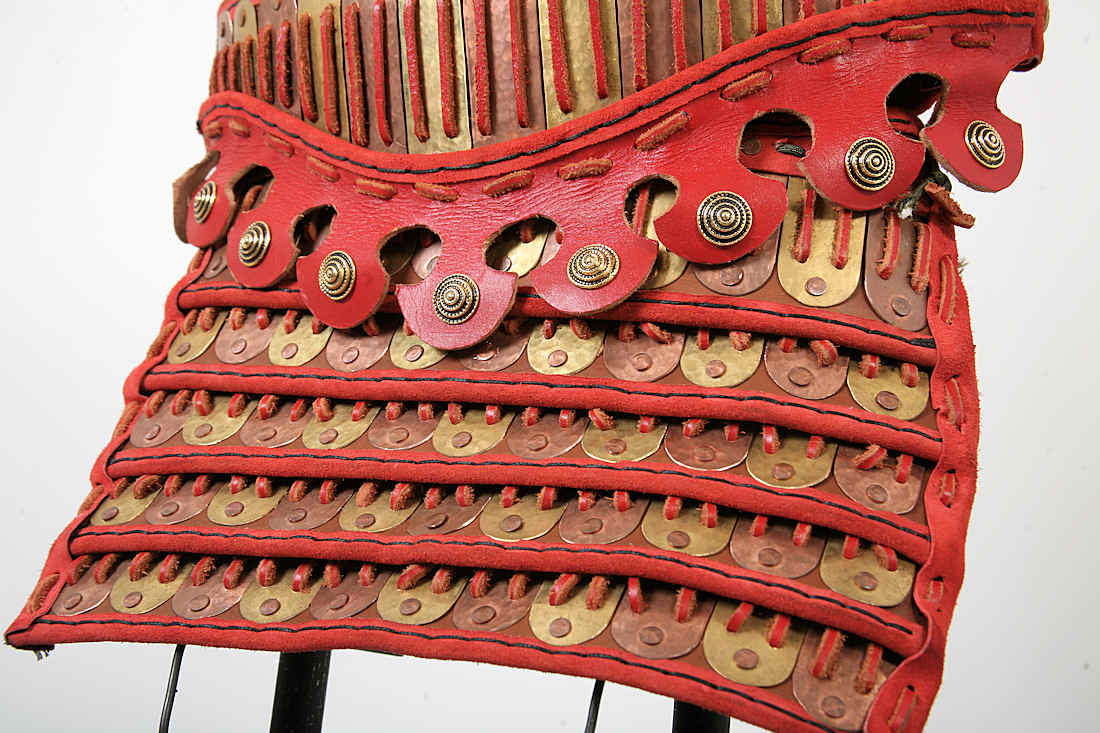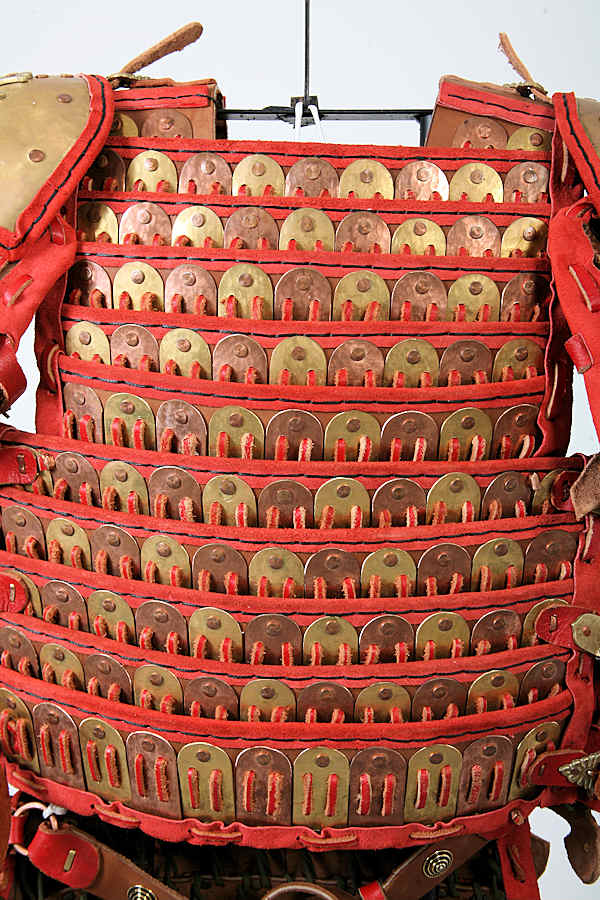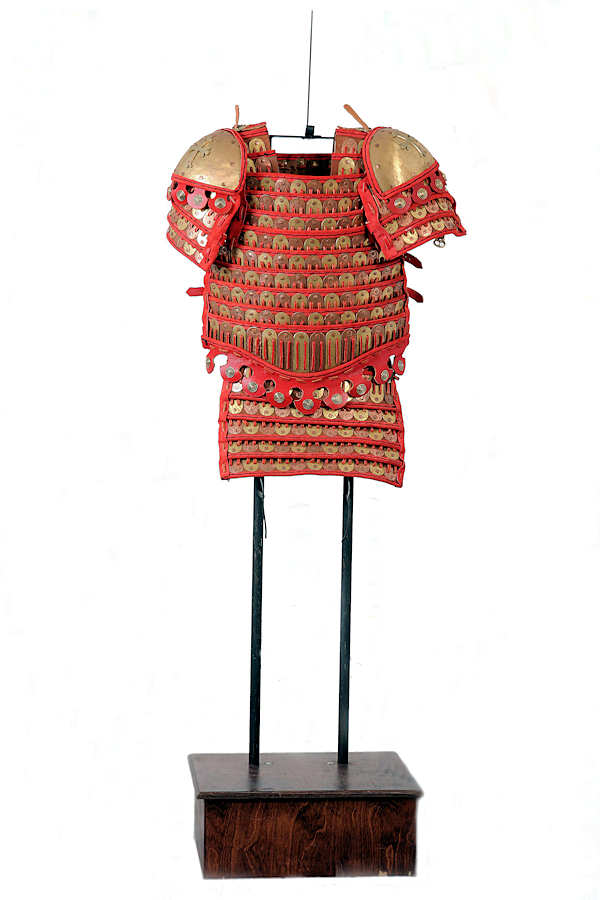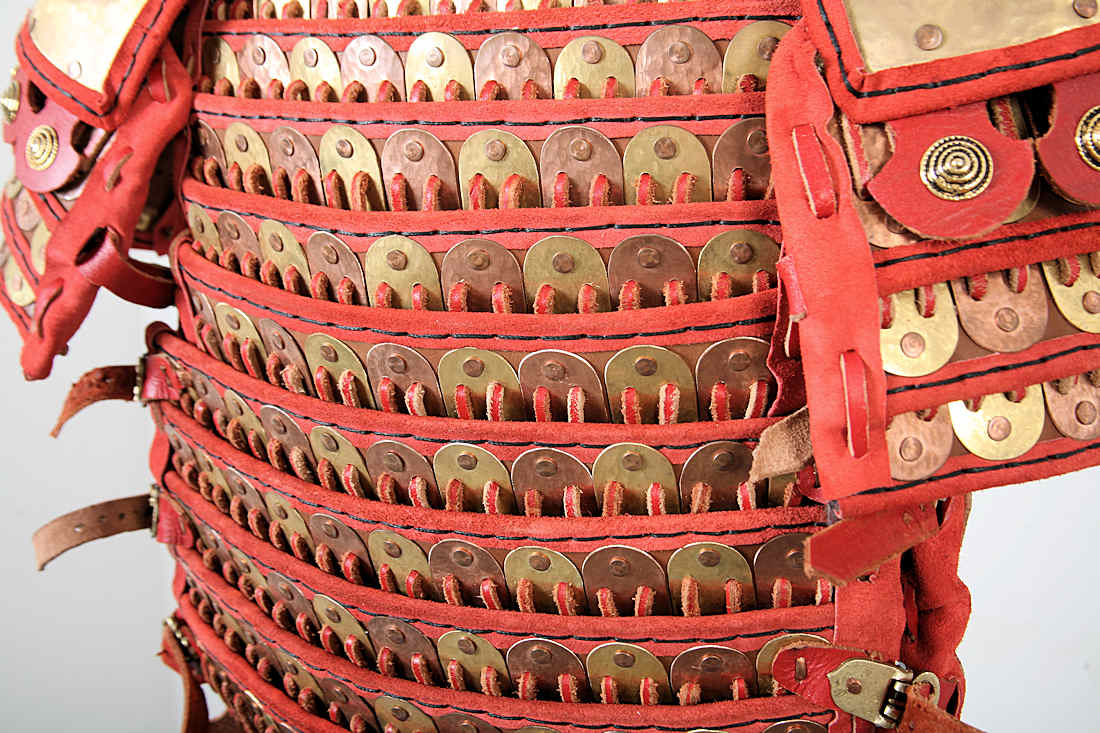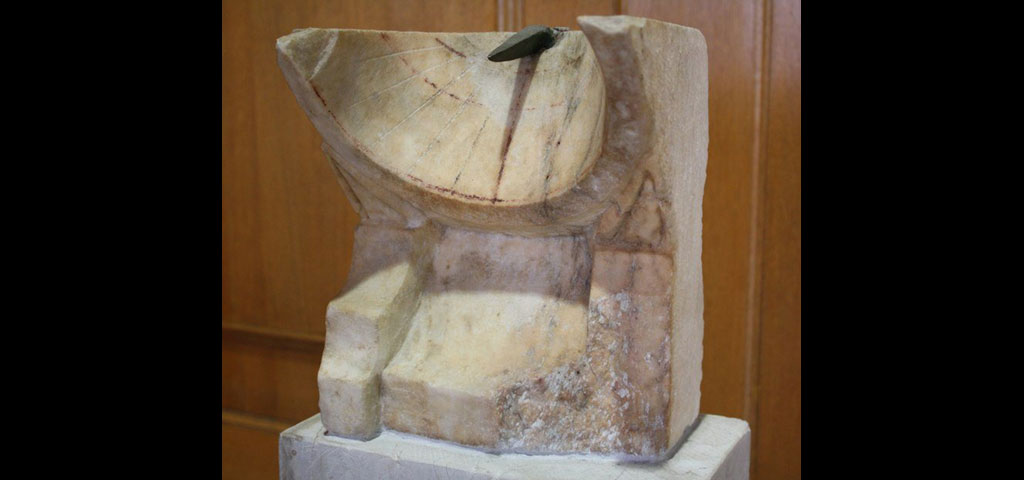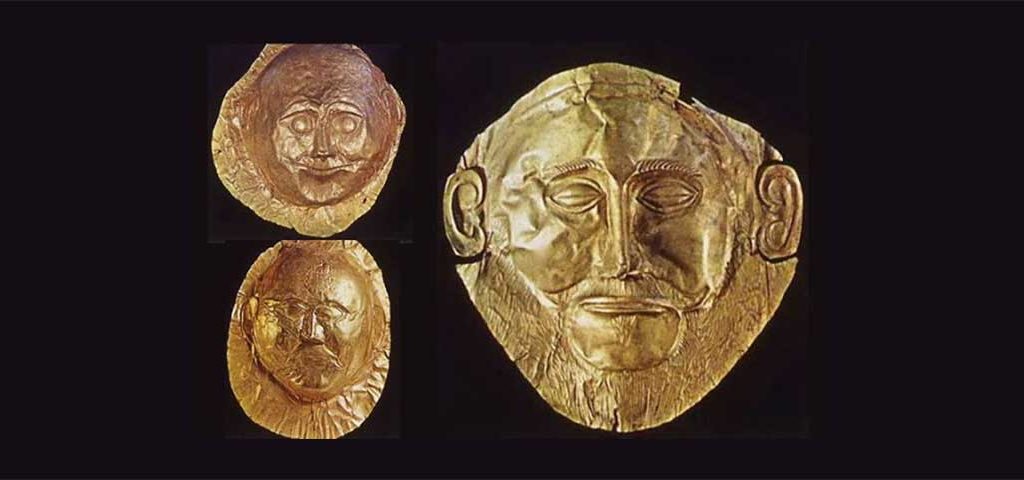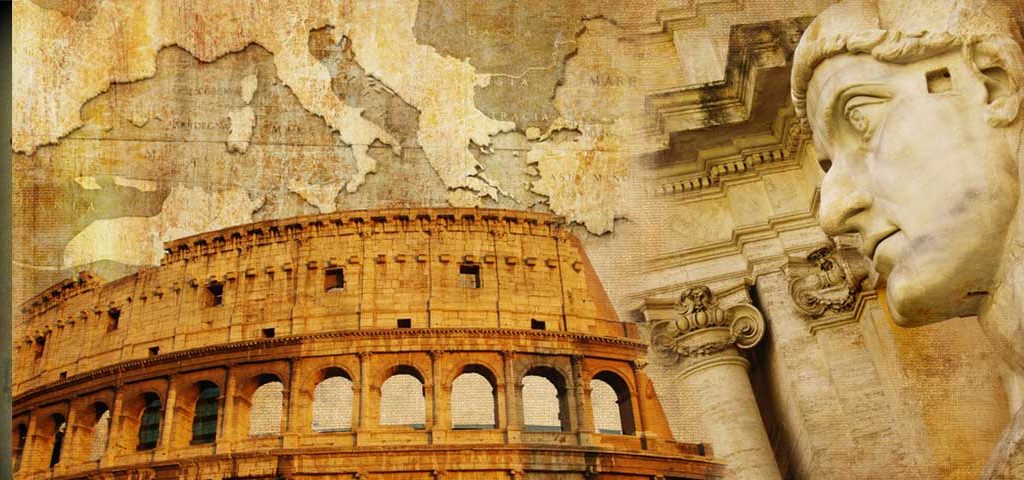Medieval Byzantine Armors
Klivanion of Saint Nestor
11th A.D.
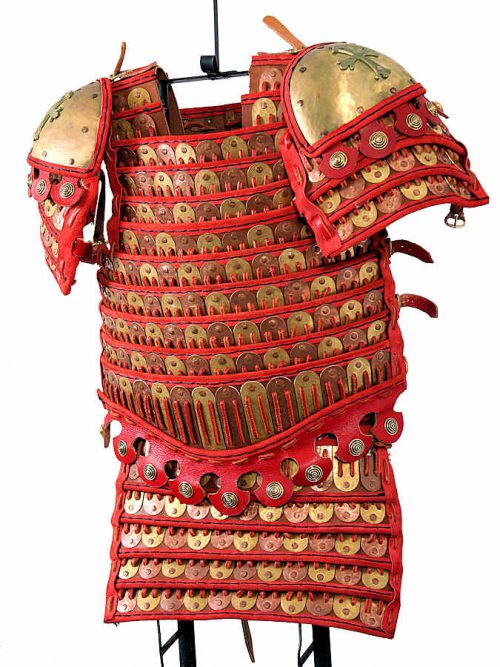
Experimental reconstruction of the Klivanion of St. Nestorius, based on a fresco from the Church of St. Nicholas, Kastoria, Greece. The construction of this armor makes use of natural only materials including leather, copper and bronze plates.
It consists of the chest, the detachable sleeves and the “kremasmata”, that is the strips covering the groin and upper thighs. Over 300 copper and bronze laminates are riveted alternately onto leather belts to create a robust and agile structure able to effectively protect the warrior.
Bronze epaulets decorated with bronze crosses cover the shoulder area linking the two sleeves to the main trunk via a system of straps and staples. Hand-made Byzantine bronze staples are also used for securing the trunk of the armor and of the “kremasmata” belt wrapped around the waistline of the warrior beneath the armor.
The Klivanion requires the use internally of a “kamvadion”, i.e. a padded garment which protects the body of the warrior from shock and scratches. A characteristic technical detail of the armor is that all leather belts are held together only with leather laces. It can also be used with chain mail, sported in-between the Klivanion and the “kamvadion”. This armor is also suitable for use by cavalry.
